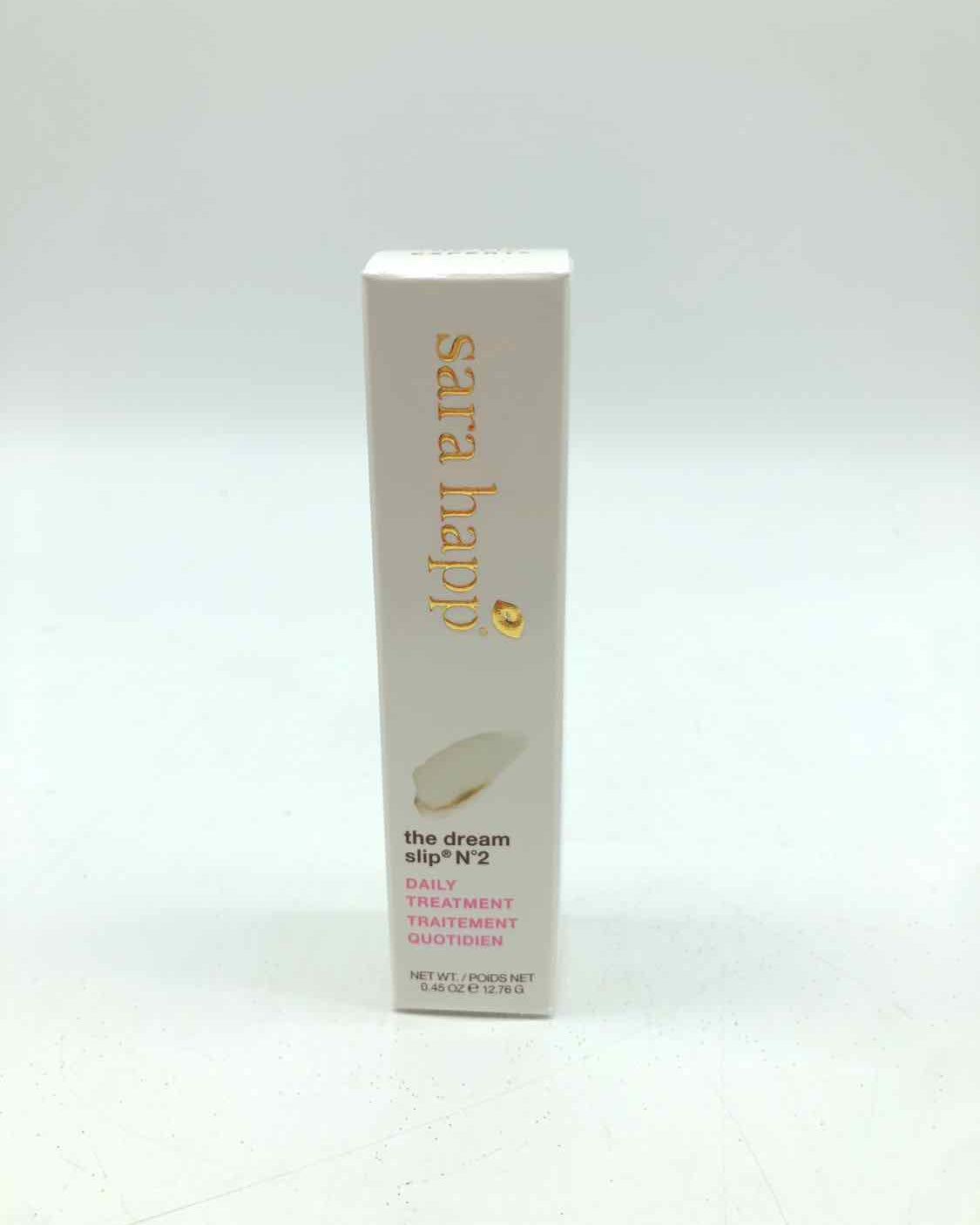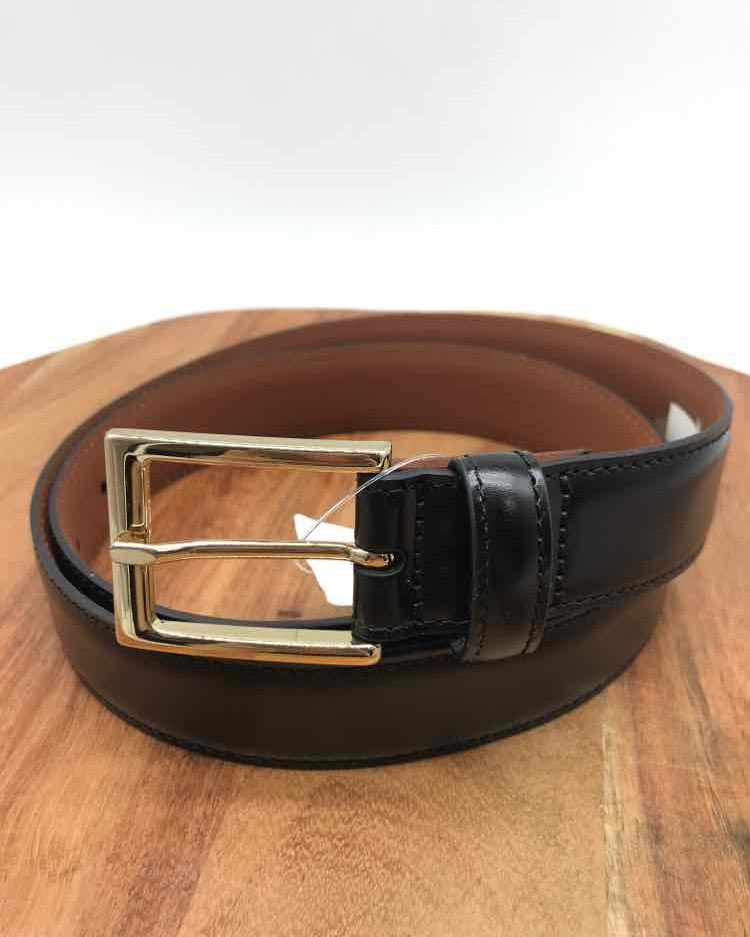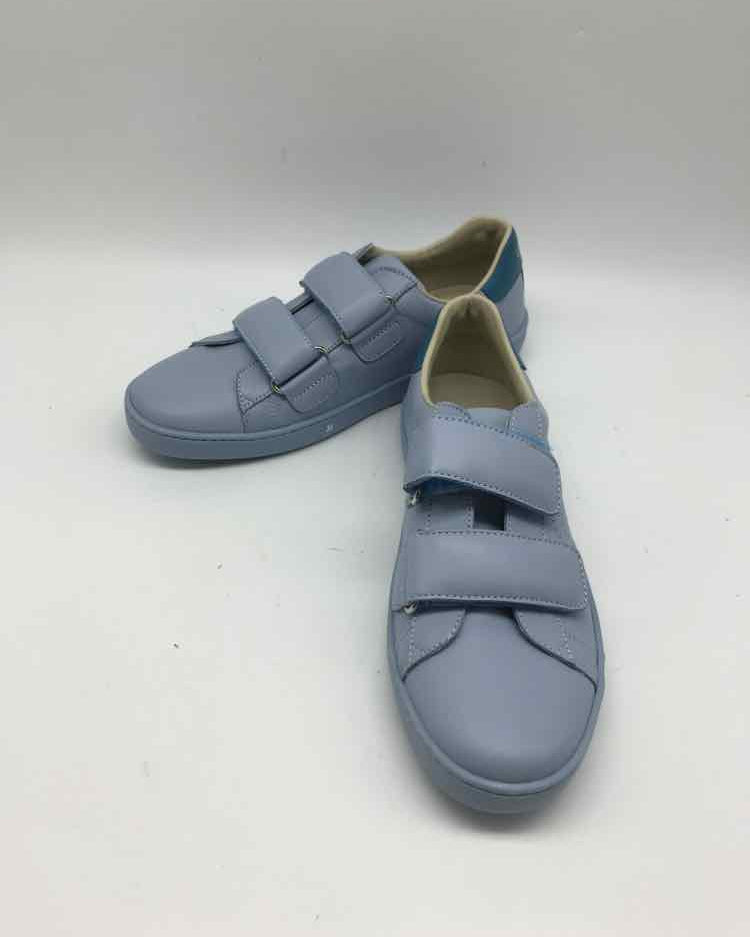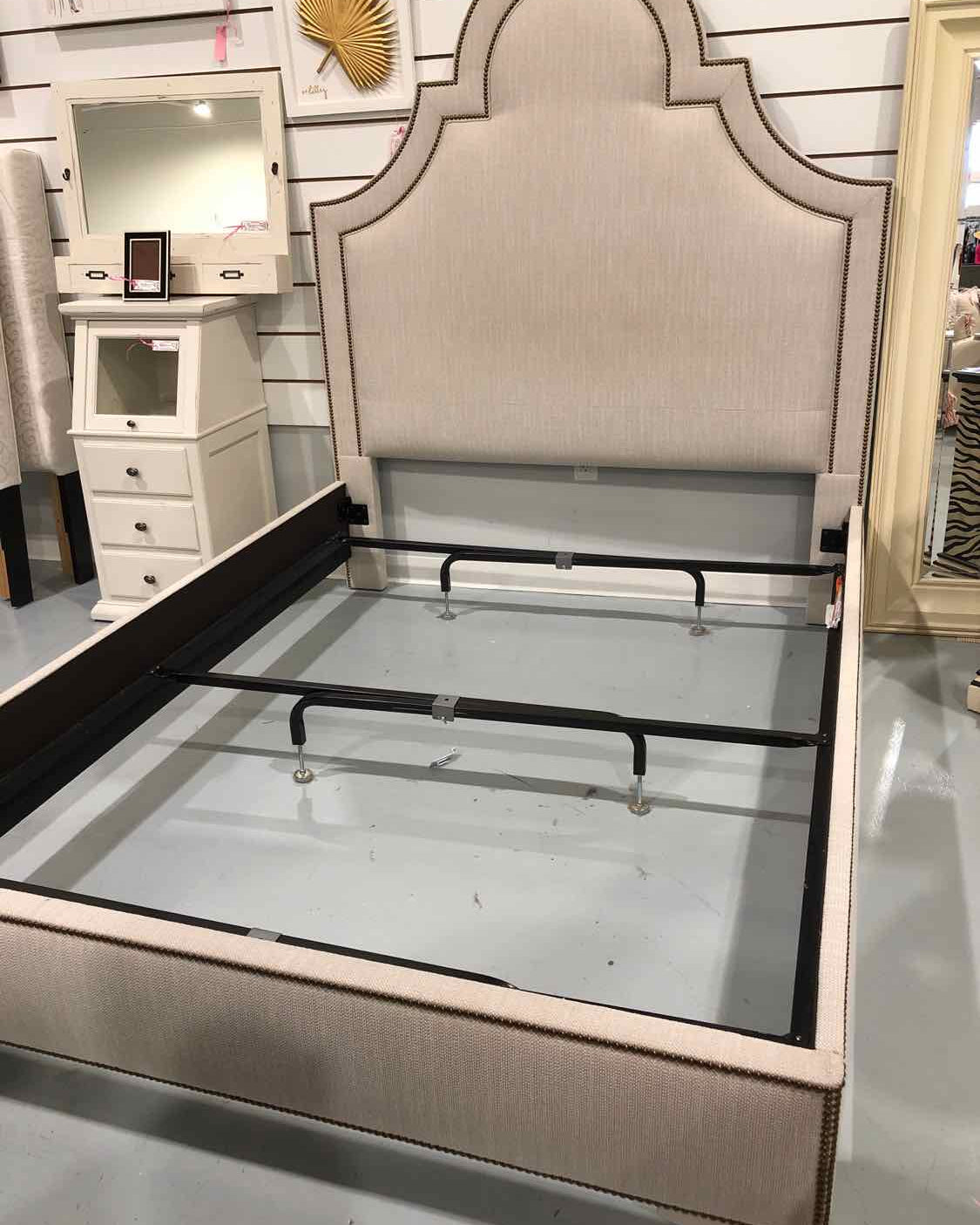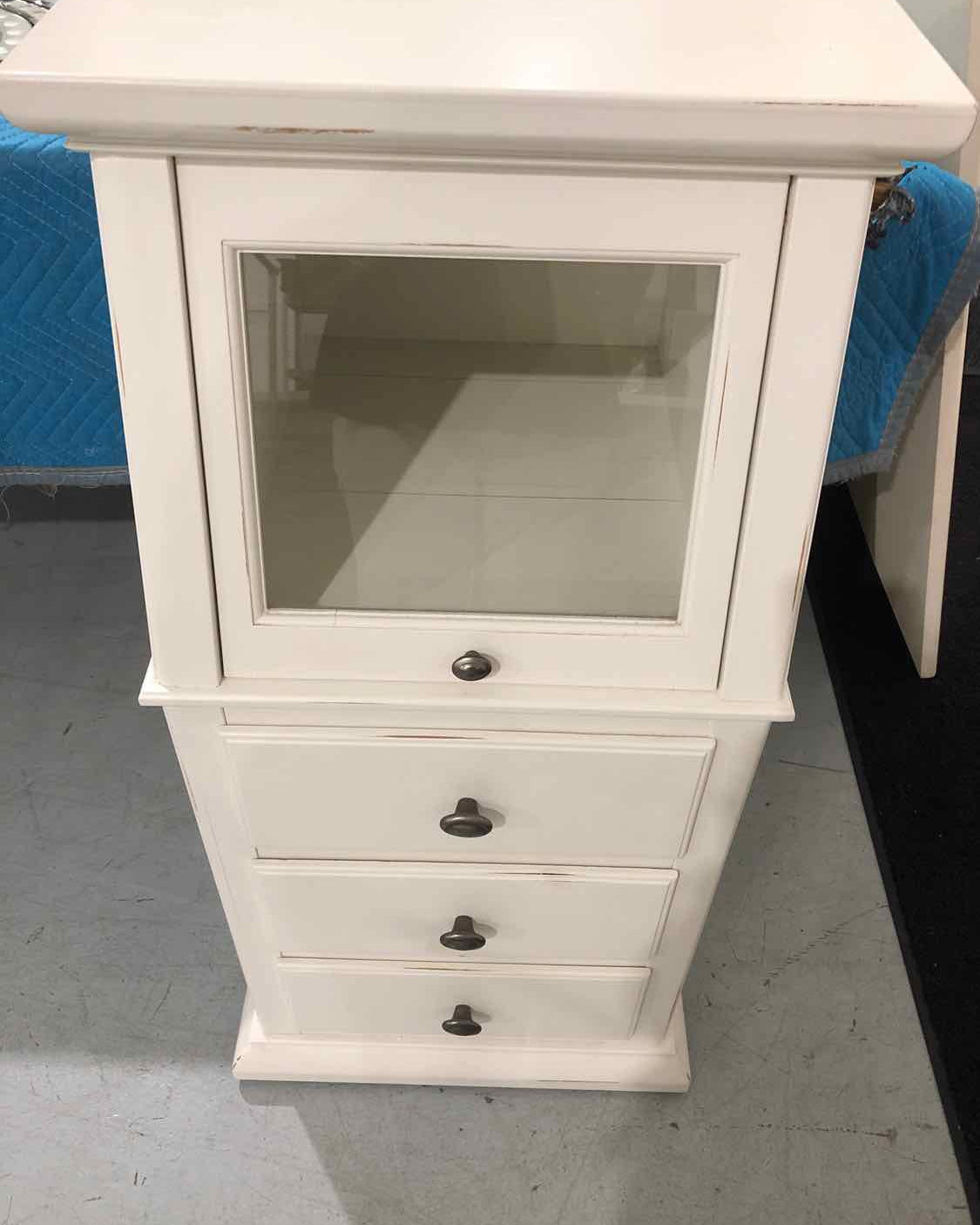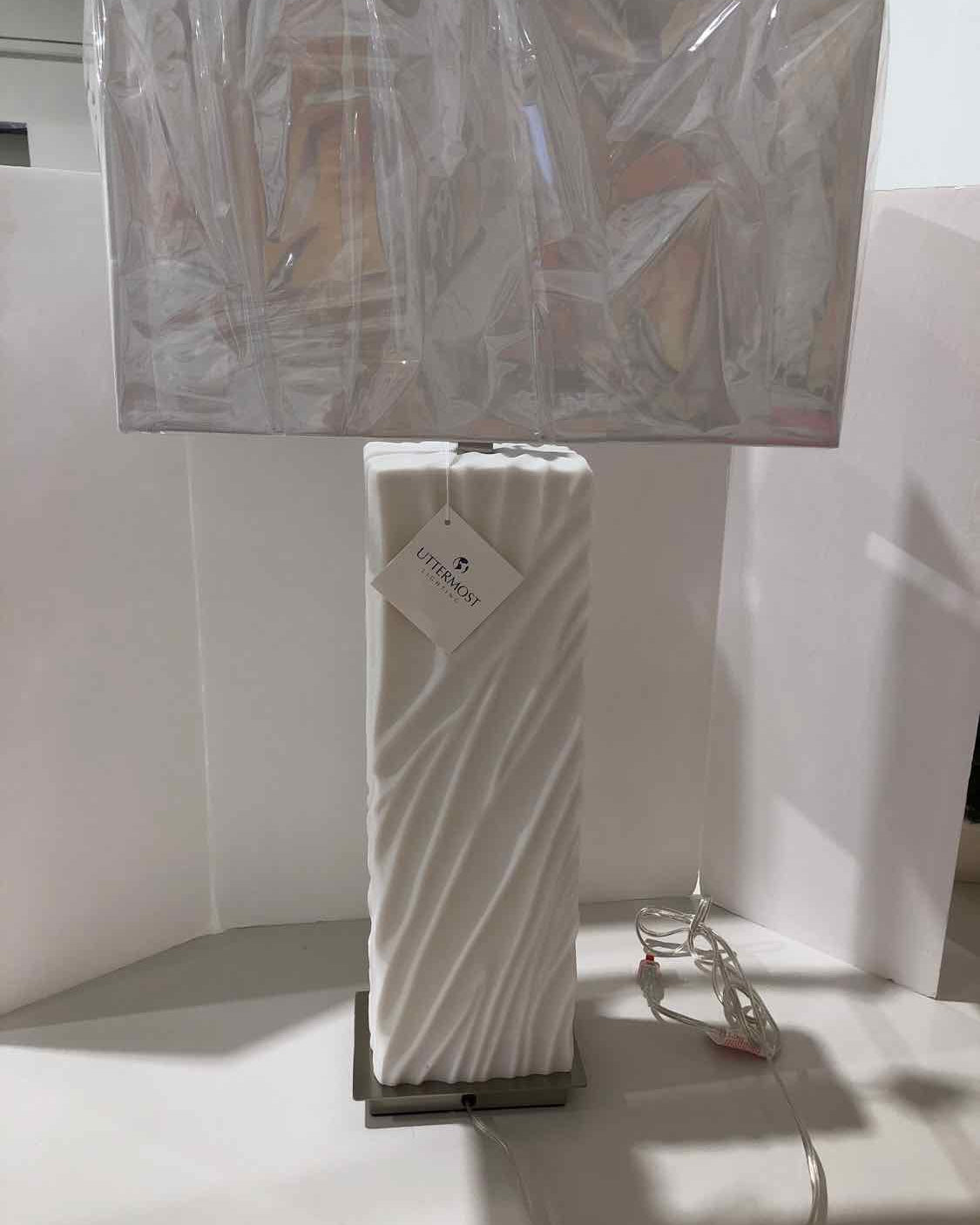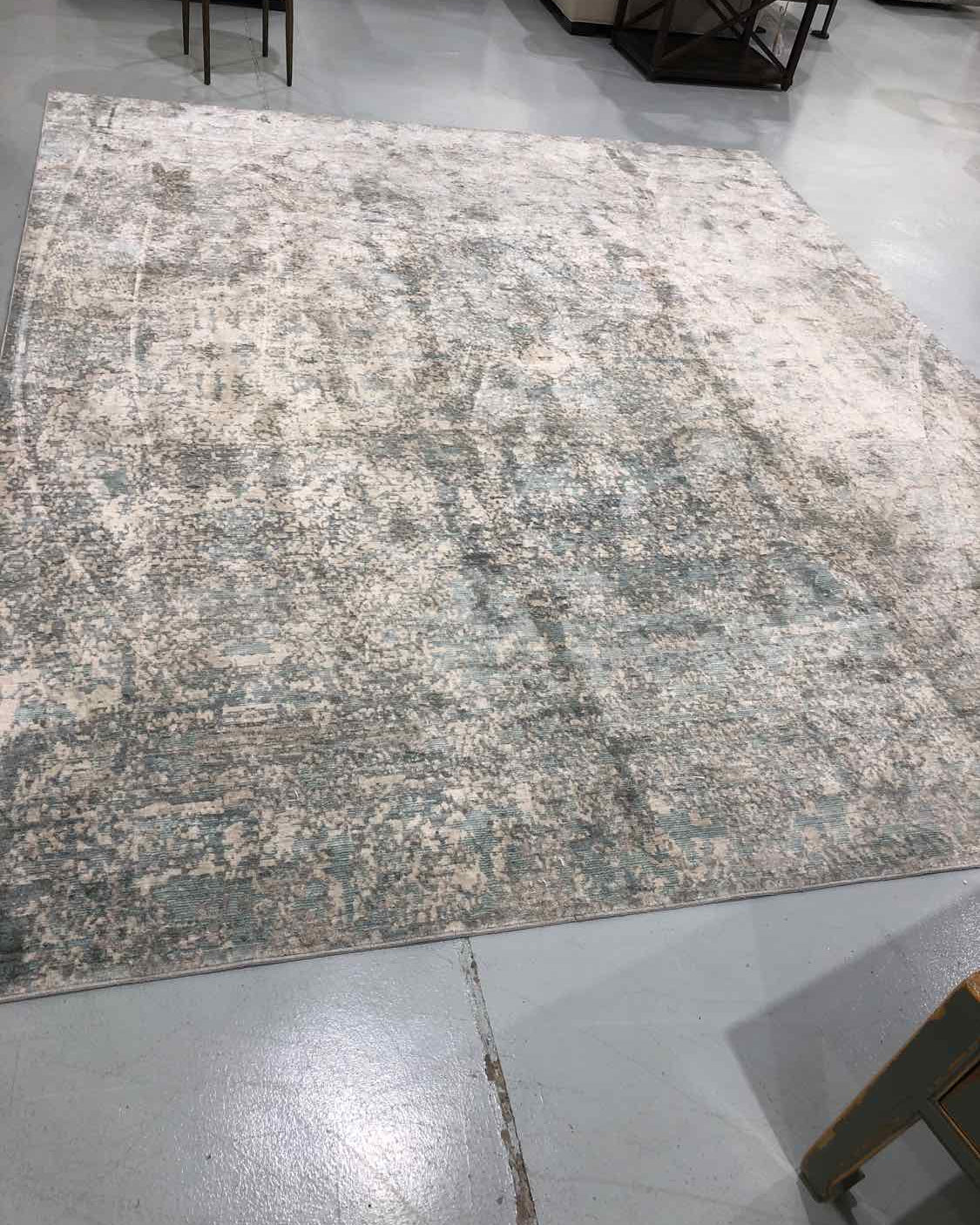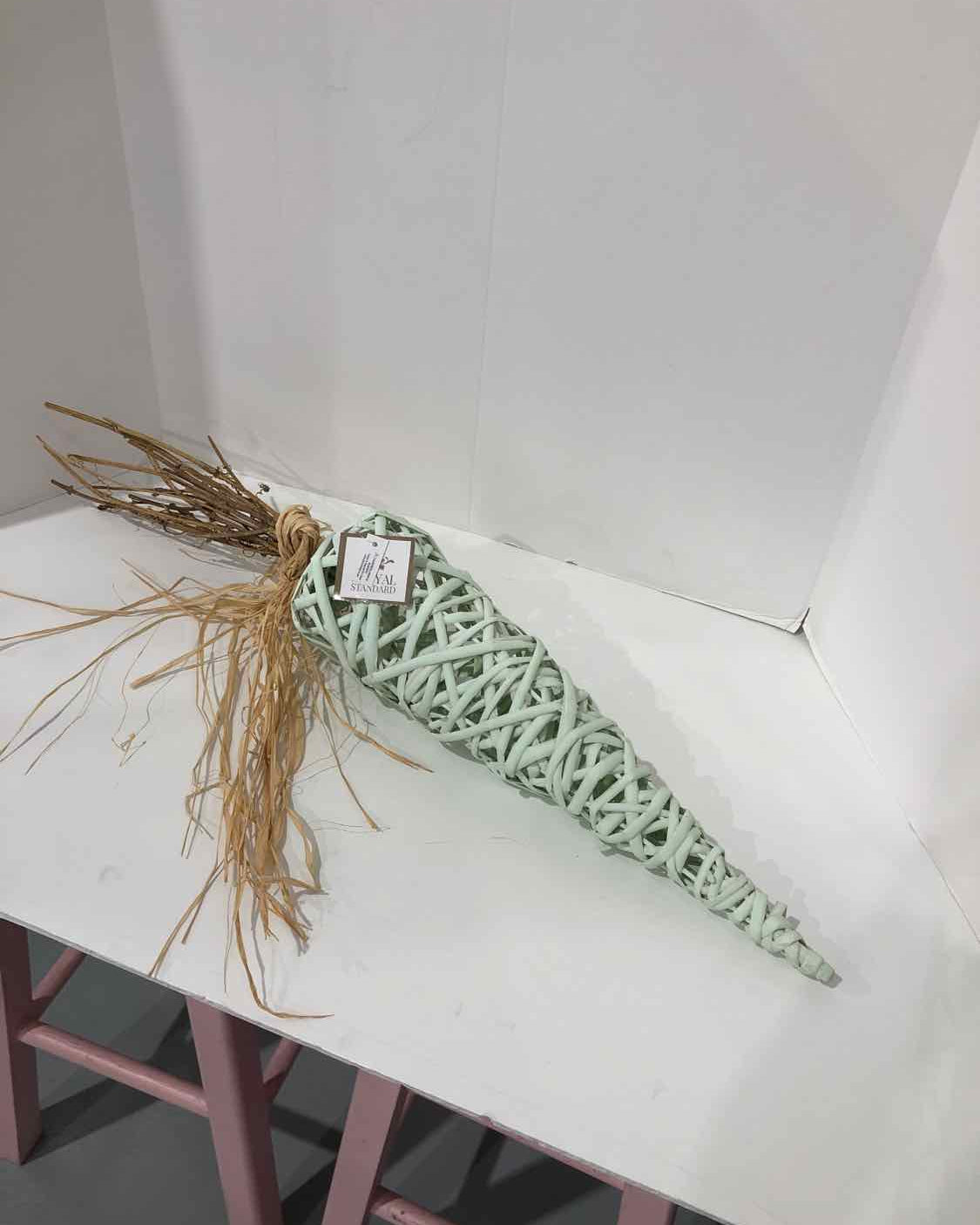There’s no shaking it now. Post-holidays, the new year brings with it the stark realization that in most of the world, it’s freaking cold at the moment! You know the basics: Layer up, grab a hot beverage, and settle in for a couple of months of cozy winter couture, like what you’d find at True Fashionistas, Florida’s largest designer resale and consignment store.
Don’t forget your turtleneck to get warm and feel cool at the same time. A timeless classic, the True Fashionista turtleneck deserves a spot in your winter collection. What better way to keep warm than by cozily enveloping the neck with a layer of cloth that is conveniently attached to a shirt? The turtleneck, funny name and all, has been keeping necks warm for many thousands of years now. Let’s dive in and find out all the ways. We just knew you’d wanna know, y‘know?
HISTORY OF THE TURTLENECK - A MEDIEVAL NECESSITY
During medieval times, the turtleneck appeared in its original form as protective clothing worn by knights to prevent their necks from getting scratched beneath the chainmail of their armor. Although chainmail did its job to protect them in a swordfight, it also posed an array of chafing issues (Metal on skin? Ouch). Enter the True Fashionista turtleneck, a layer of soft clothing starting at the neck attached to a shirt that effectively provides protection.
HISTORY OF THE TURTLENECK - THE ROYAL VERSION
Turtlenecks became much more fashionable during the mid-sixteenth century. They were such a hit among the knights that their royal bosses got on board with the trend, something we love to do at True Fashionistas, Naples’ best consignment store.
Think about that famous portrait of Queen Elizabeth I. What’s that around her neck? A turtleneck! Its high neckline, complete with voluminous starched ruffles, was creatively dubbed a “ruff.” The Queen and her high society bunch immensely favored their ruffs, so much so that the size and volume of the ruffles became indicative of status. They also ran double duty as a way of hiding any possible skin conditions creeping up one’s neck.
HISTORY OF THE TURTLENECK - A SYMBOL OF THE WORKING CLASS
As all popular things go, the masses wanted in. By the 19th century, turtlenecks became a functional clothing item for the working class due to their practicality. The Navy, fishermen, and other laborers wore them for warmth and protection. In 1860, polo players began dressing in them while playing, and thus the turtleneck got its common British name: the “polo neck.”
HISTORY OF THE TURTLENECK - THE ROARING TWENTIES
By the 1900s, the turtleneck was again trending as a True Fashionista garment, crossing back over to women’s fashion in the early 20th century with the rise of the “Gibson Girl” look. This fictional character has been described as “the visual ideal” for women from 1890 to 1920. The style prominently featuring a high neckline was associated with a beautiful, active, and independent type of woman.
However, True Fashionista playwright Noel Coward also frequently wore turtlenecks during this time. He could almost single-handedly be credited for keeping the look alive among middle-class men during the roaring ’20s. As the thirties dawned, the turtleneck again fell out of fashion, relegated back to its workwear status and also as part of the US Navy uniform.
HISTORY OF THE TURTLENECK - FRANKLY, MY DEAR, I PREFER A TURTLENECK
The 1940s and fifties were when the turtleneck began to take off as the iconic clothing we know and love today. Skintight or cropped sweaters were getting popular and came in various cuts, including the turtleneck. Both male and female celebrities, including luminaries like Clark Gable, James Dean, Jayne Mansfield, and Marilyn Monroe, helped popularize this sexy version of the style.
HISTORY OF THE TURTLENECK - BEATNIK STYLE
Another popular period of turtleneck fashion is the late 50’s and early 60’s “beatnik” or “bohemian” look. Outfits consisting mainly of head-to-toe sleek black garments always featured a black turtleneck. One of the most iconic examples is Audrey Hepburn’s wardrobe in the film Funny Face. In one famous scene, she takes on Paris nightlife in nothing but a chic black turtleneck and skinny jeans, a look that has been referenced and copied countless times in haute couture. You can often put together this look at True Fashionistas consignment store Naples.
HISTORY OF THE TURTLENECK - SYMBOL OF INDEPENDENCE
By the sixties and seventies, the women’s equality movement was in full swing, and the turtleneck became the uniform of the enlightened and intelligent feminist. Gloria Steinem, an avid True Fashioinista turtleneck-wearer, undoubtedly inspired both the imaginations and wardrobes of many women for years.
Turtlenecks were undoubtedly lurking in the back of people’s closets during the 1980s, but it was the 90’s style that shaped how we view the garment today. It was a key fundamental piece widely sold at mall stores, often paired with mom jeans, under sweaters, etc. Steve Jobs is widely remembered for being an infamous fan of the black turtleneck.
Get in on the hype and timeless attraction of the turtleneck at True Fashionistas, the best designer consignment store. Consign the turtlenecks you no longer want and leave with some fresh ones. Shop in-store or online for authenticated designer and brand name fashions.









